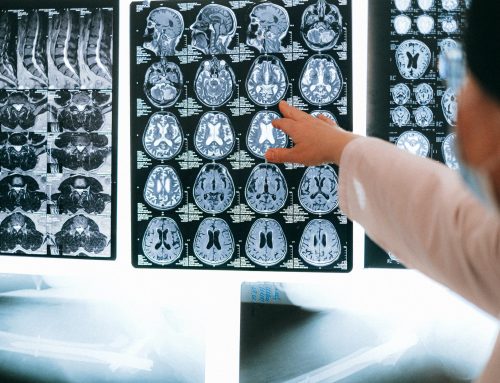***Please note this blog is intended to present information about treatment options for ADHD and relevant new research. These are not recommendations, and treatment decisions for yourself or your child should be made by you and your healthcare provider.
There are many treatment options for children and adults with Attention-Deficit/Hyperactivity Disorder (ADHD), with new medications and devices becoming approved each year. The most common go-to treatment option is medication, which is most often in the form of a stimulant. While these medications have their advantages and disadvantages, new research suggests children with ADHD have numerous positive benefits from using stimulant medication. Indeed, the researchers found that stimulant medication had protective effects against children developing more serious ADHD-related complications, such as mood disorders, academic failures, addiction, and conduct and oppositional defiant disorder. If stimulant medication is not deemed to be appropriate, there are numerous non-stimulant medication options that have become available.
Another primary line of treatment for ADHD is therapy. Particularly for children, behavior therapy is most often recommended. Behavior therapy is aimed at increasing positive behaviors and decreasing problematic behaviors, and typically includes work with both the child and the parents. Therapists will help parents develop strategies and create a structured home environment that will be beneficial for their child. Behavioral techniques can also be used by teachers to help manage behaviors in the classroom. For children older than age 6, the American Academy of Pediatrics recommends a combination of behavior therapy and medication for ADHD treatment. For adults with ADHD, therapy can include skills training and more traditional psychological counseling, as there are frequently associated life problems that come along with the disorder.
Earlier this year, the FDA approved a new device to treat ADHD called an electronic Trigeminal Nerve Stimulation (eTNS) system, which is designed to treat children ages 7 to 12. This device sends electrical impulses to the trigeminal nerve branches, which are thought to play a role in ADHD. The device is typically attached to a child’s pajamas and connected to electrode patches on his or her forehead, delivering the impulses while sleeping. Though studies included low numbers of children, researchers found significant improvements in those who used the device daily. The device must be prescribed by a physician, and it is not yet available in the United States.
Other types of treatment include neurofeedback and cognitive skills training. Neurofeedback involves measuring a child’s brain wave frequencies and helping raise his or her awareness of what it feels like to concentrate. This is typically done by playing a game that requires solely the use of focus and brain wave activity to achieve the objectives. There is mixed medical opinion about the effectiveness of neurofeedback training. Cognitive skills training is another option for improving symptoms of ADHD, particularly as they relate to academic functioning and achievement. This training involves activities that target specific areas that can be underdeveloped in individuals with ADHD, such as processing speed, attention, and working memory.






